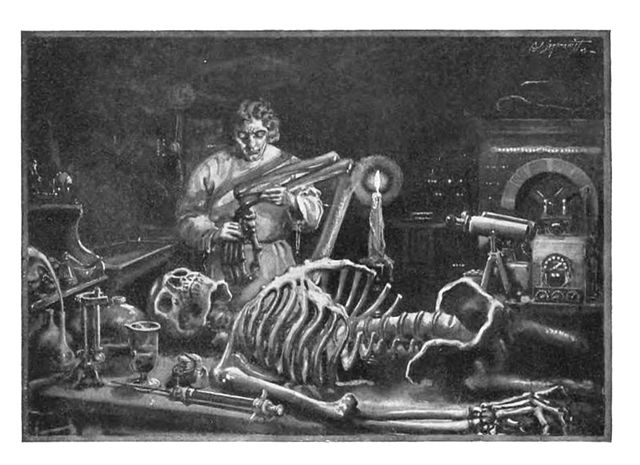Aggregated News

The 18th of March 2018, was the day tech insiders had been dreading. That night, a new moon added almost no light to a poorly lit four-lane road in Tempe, Arizona, as a specially adapted Uber Volvo XC90 detected an object ahead. Part of the modern gold rush to develop self-driving vehicles, the SUV had been driving autonomously, with no input from its human backup driver, for 19 minutes. An array of radar and light-emitting lidar sensors allowed onboard algorithms to calculate that, given their host vehicle’s steady speed of 43mph, the object was six seconds away – assuming it remained stationary. But objects in roads seldom remain stationary, so more algorithms crawled a database of recognizable mechanical and biological entities, searching for a fit from which this one’s likely behavior could be inferred.
At first the computer drew a blank; seconds later, it decided it was dealing with another car, expecting it to drive away and require no special action. Only at the last second was a clear identification found – a woman with a bike, shopping bags...



